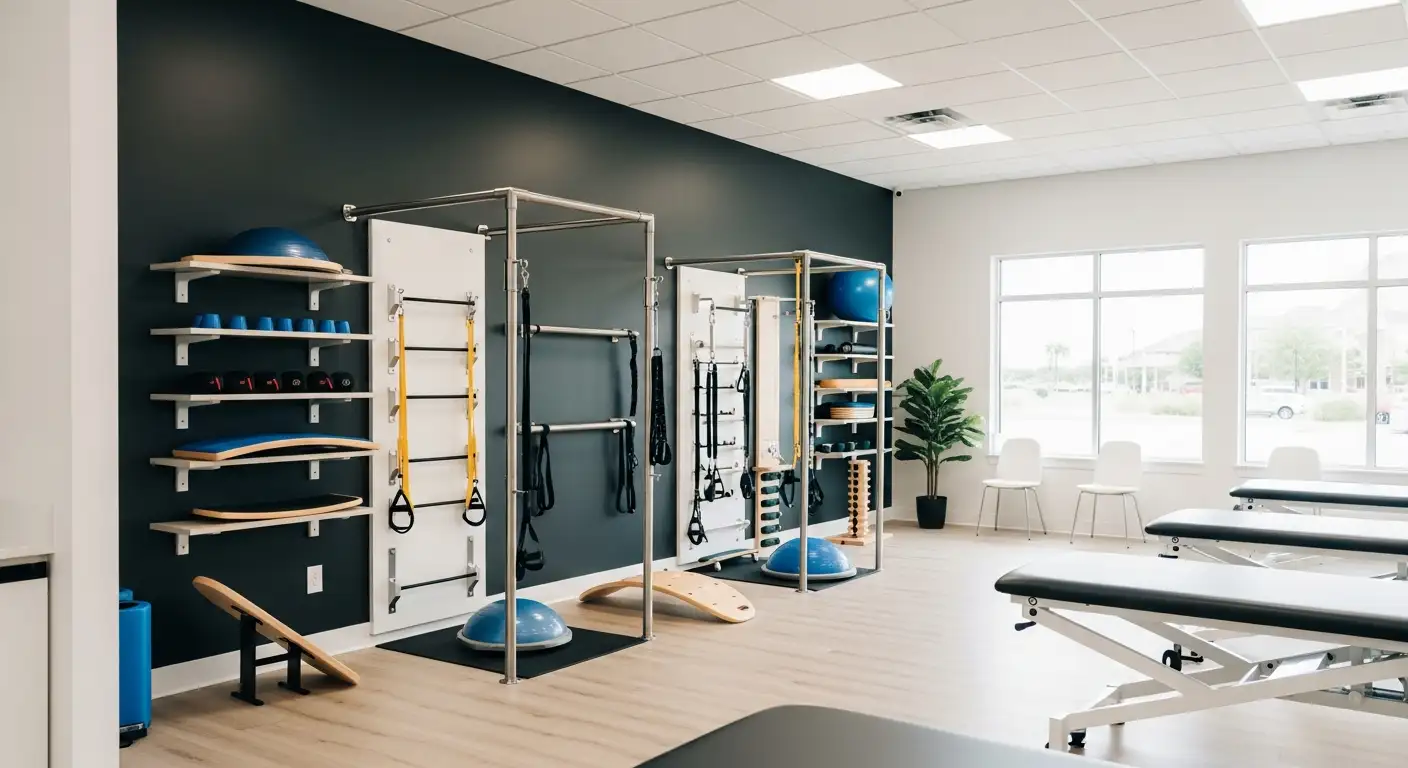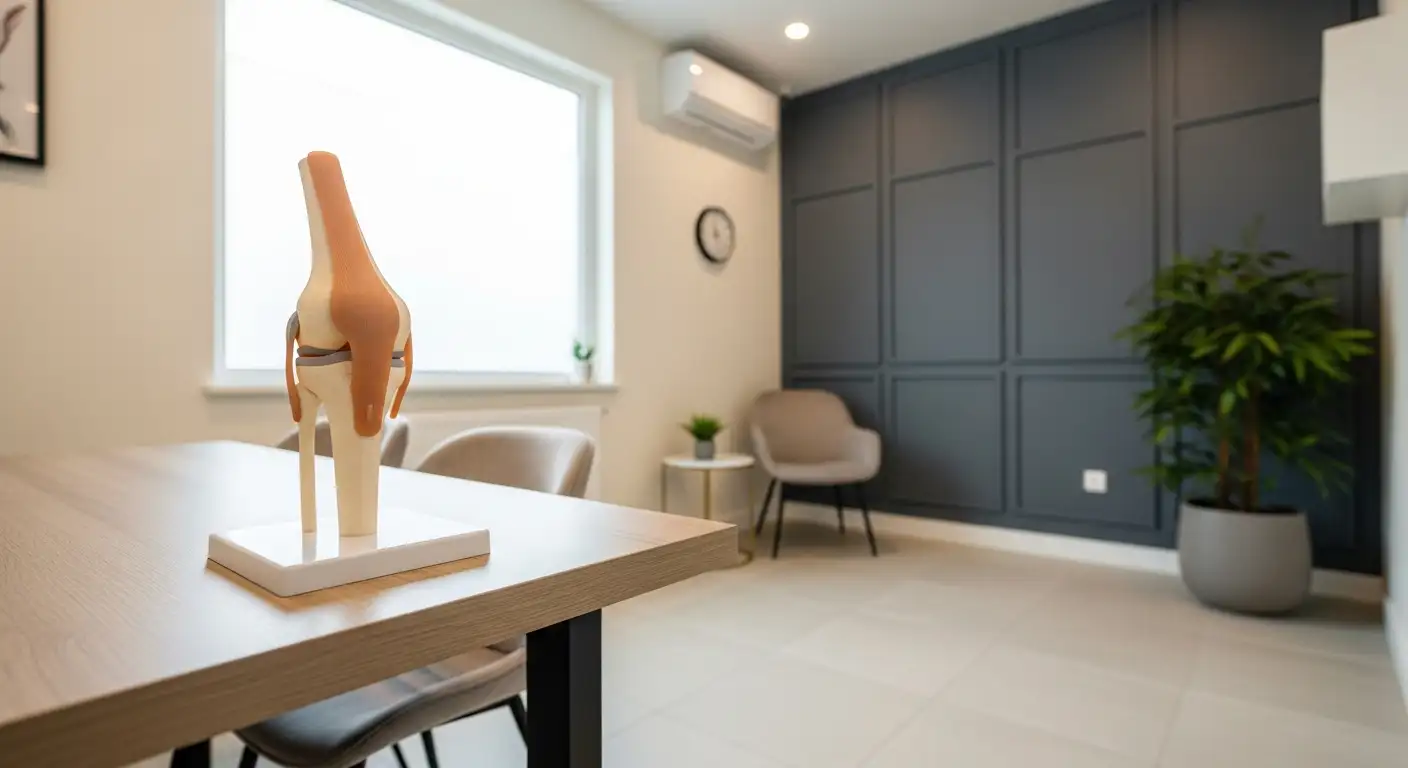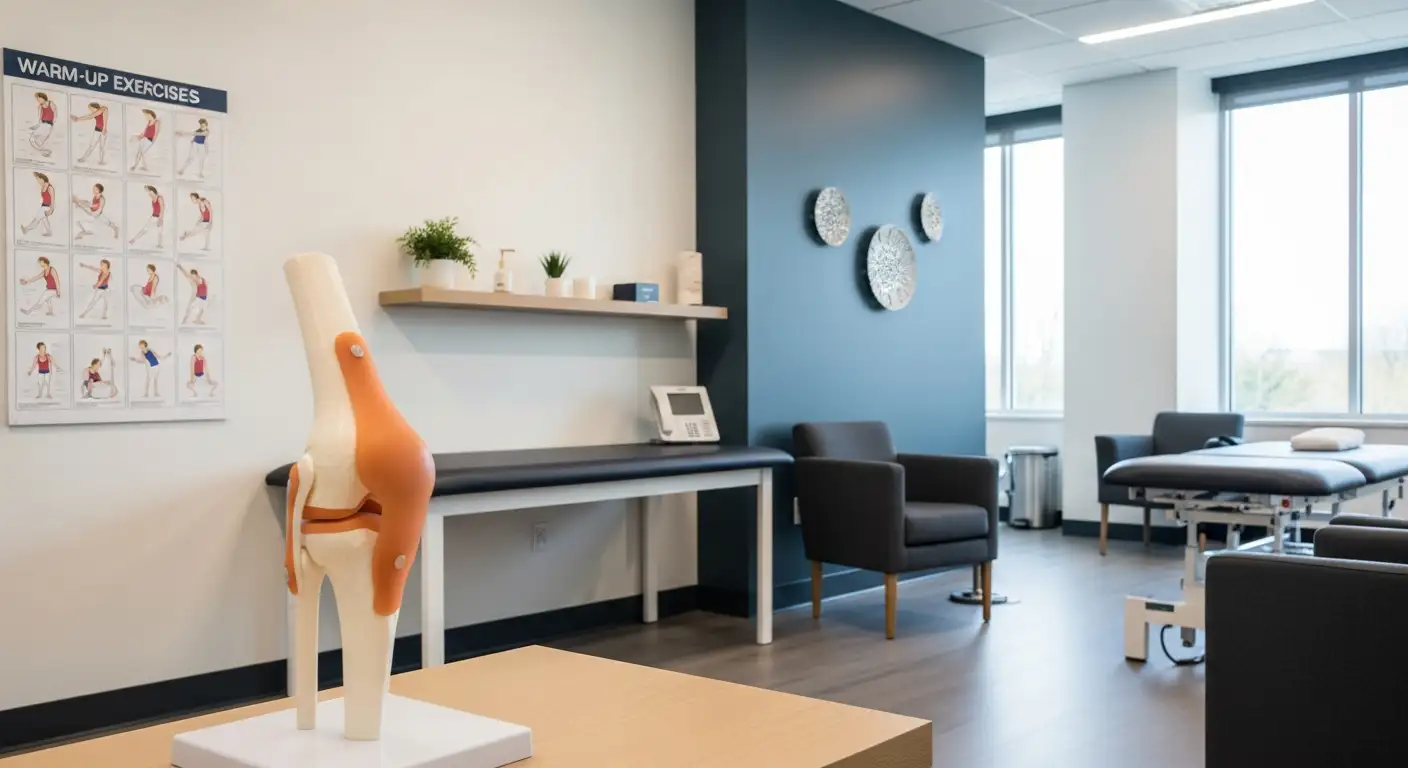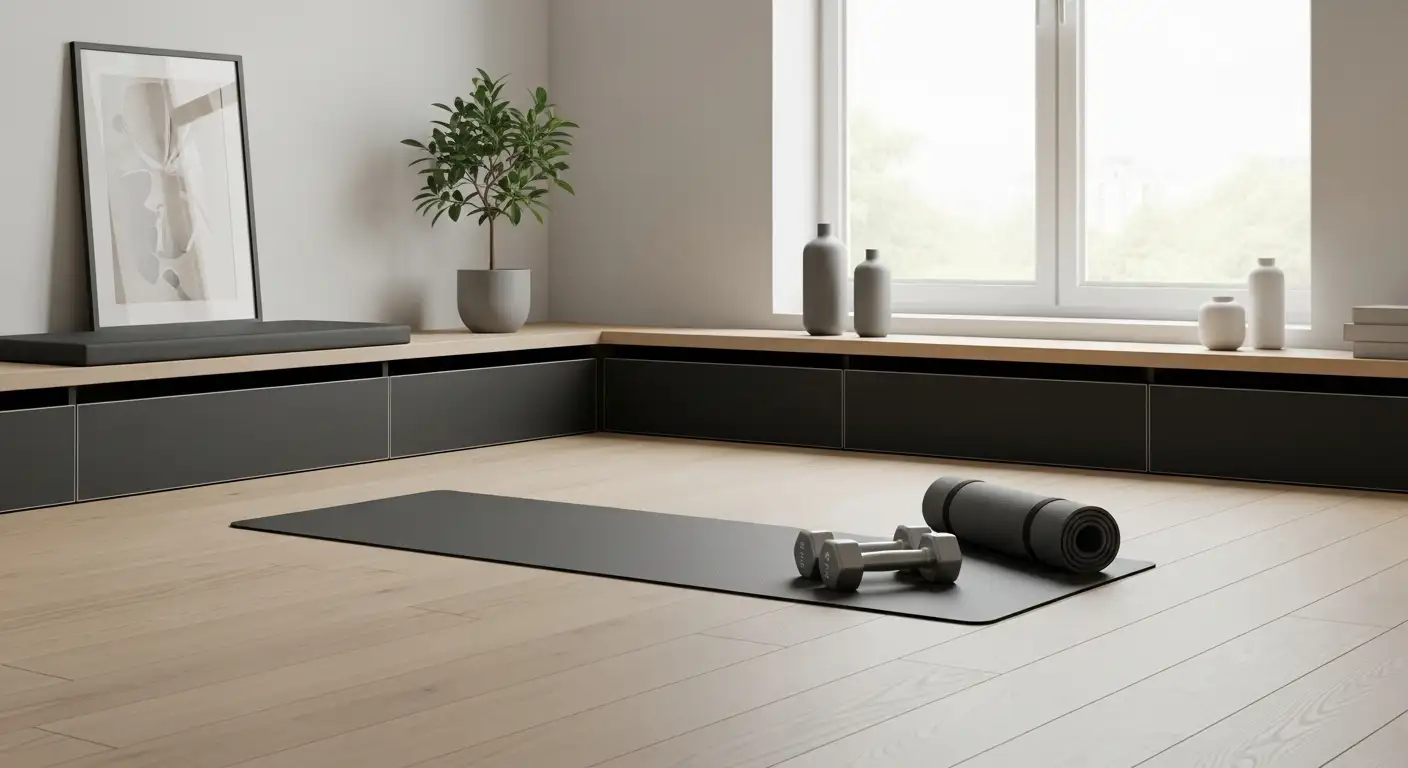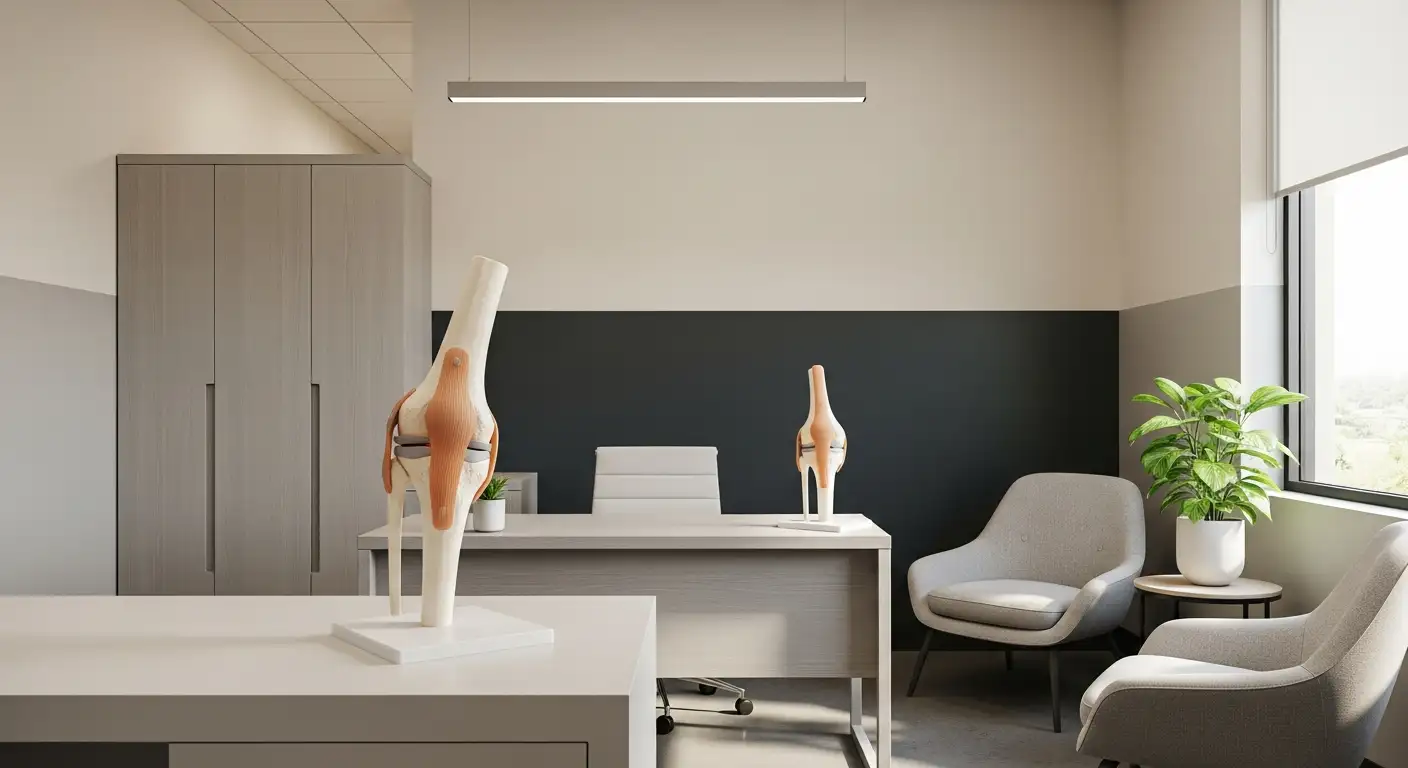Knee Replacement Surgery: What to Expect
When considering knee replacement surgery, it's important to have a clear understanding of the procedure and what to expect during the recovery and rehabilitation process. This section provides an overview of knee replacement surgery and insights into the subsequent stages of recovery.
Overview of Knee Replacement Surgery
Knee replacement surgery, also known as knee arthroplasty, is a surgical procedure that involves replacing damaged or worn-out parts of the knee joint with artificial components. The surgery aims to relieve pain, improve mobility, and enhance overall knee function.

During the procedure, the surgeon will make an incision and remove damaged cartilage and bone. The damaged joint surfaces are then replaced with metal or plastic components, which are designed to replicate the natural movement of the knee joint. The surgery can be performed on either one or both knees, depending on the individual's needs.
Knee replacement surgery is typically recommended for individuals with severe knee pain, stiffness, and reduced mobility caused by conditions such as osteoarthritis, rheumatoid arthritis, or injury.
Recovery and Rehabilitation Process
After knee replacement surgery, the recovery process plays a crucial role in achieving optimal outcomes. The length and intensity of the recovery period can vary among individuals, but it generally involves several stages of rehabilitation.
In the immediate postoperative period, patients are closely monitored in the hospital to ensure proper pain management, wound healing, and early mobilization. Physical therapy sessions may begin soon after surgery to help regain range of motion, strengthen the surrounding muscles, and improve overall knee function.
As the recovery progresses, patients are usually discharged from the hospital and continue their rehabilitation at home or in an outpatient setting. Following the guidance of healthcare professionals, patients are encouraged to gradually increase their activity levels, engage in prescribed exercises, and practice proper pain management techniques.
The recovery timeline can vary, but most individuals are able to resume normal daily activities within a few weeks to a few months after surgery. However, it's important to note that the recovery process can extend up to a year or even longer for some individuals, depending on various factors such as overall health, adherence to rehabilitation protocols, and the complexity of the surgery.
By understanding the overview of knee replacement surgery and the subsequent recovery and rehabilitation process, individuals can better prepare themselves and set realistic expectations for their journey to improved knee function and quality of life.
Clothing Considerations After Knee Replacement Surgery
After undergoing knee replacement surgery, it's important to carefully consider your clothing choices to ensure comfort, ease of movement, and accessibility for dressing and personal care. Let's explore these clothing considerations in detail.
Comfort and Ease of Movement
Comfort is paramount during the recovery period after knee replacement surgery. Loose-fitting clothing that doesn't constrict or apply pressure to the surgical site is highly recommended. Opt for fabrics that are soft, breathable, and non-irritating to the skin.
To ensure ease of movement, choose clothing items that allow for flexibility and don't restrict the range of motion of your knee joint. Stretchy materials, such as cotton blends or fabrics with a small percentage of elastane, can provide the necessary flexibility without compromising comfort.
Accessibility for Dressing and Personal Care
Another important consideration is the accessibility of clothing for dressing and personal care. After knee replacement surgery, it may be challenging to bend or flex the knee fully. Clothing items that are easy to put on and take off can greatly simplify the dressing process and reduce discomfort.
Consider the following options to enhance accessibility:
- Elastic waistbands: Pants or skirts with elastic waistbands eliminate the need for buttons, zippers, or hooks, making it easier to dress and undress independently.
- Shorts or skirts with adjustable waistbands: Opting for shorts or skirts that have adjustable waistbands allows you to customize the fit and accommodate any swelling that may occur post-surgery.
- Slip-on shoes or Velcro closure shoes: Footwear that can be easily slipped on or has Velcro closures eliminates the need for bending down or tying shoelaces, which can be challenging during the recovery period.
By considering comfort, ease of movement, and accessibility for dressing and personal care, you can make clothing choices that support your recovery journey after knee replacement surgery. It's important to consult with your healthcare provider for any specific clothing recommendations based on your individual needs and post-operative guidelines.
Recommended Clothing Items
After knee replacement surgery, it's important to choose clothing that prioritizes comfort and ease of movement. Here are some recommended clothing items that can help facilitate a smoother recovery process:
Loose-fitting Pants
Opting for loose-fitting pants is essential after knee replacement surgery. These pants provide ample room for swelling and bandages, ensuring optimal comfort. Look for pants made from soft, breathable fabrics like cotton or linen. Elastic or drawstring waistbands can provide adjustability for a personalized fit.
Elastic Waistbands
Clothing with elastic waistbands is particularly beneficial during the recovery period. Elastic waistbands offer flexibility and adaptability, making it easier to put on and take off pants without excessive bending or strain on the knee. This feature is especially important when you may still have limited mobility or discomfort.
Shorts or Skirts with Adjustable Waistbands
For warmer weather or personal preference, shorts or skirts with adjustable waistbands can be a comfortable choice. Look for options with elastic or drawstring waistbands to ensure a customized fit and easy dressing. Adjustable waistbands allow for changes in swelling and can accommodate various levels of mobility during different stages of recovery.
Slip-on Shoes or Velcro Closure Shoes
When it comes to footwear, slip-on shoes or those with Velcro closures are highly recommended. These types of shoes eliminate the need for bending down to tie laces, reducing strain on the knee joint. Opt for shoes with a supportive sole and a comfortable fit to provide stability and cushioning during the recovery period.
Consider these recommended clothing items to support your comfort and mobility during the recovery process. It's important to prioritize clothing that allows for easy dressing and accessibility while being mindful of your specific needs and preferences. Remember to consult with your healthcare provider for personalized advice on what to wear after knee replacement surgery.
Dressing Techniques for Easier Clothing Changes
After knee replacement surgery, simple tasks like dressing can become challenging due to limited mobility and discomfort. However, with the right techniques, you can make clothing changes easier and more manageable. Here are some tips for dressing after knee replacement surgery.
Putting on Pants or Shorts
When it comes to putting on pants or shorts, there are a few techniques that can help minimize strain on your knee and make the process smoother. Consider the following:
- Sit on a stable chair or the edge of your bed with your surgical leg extended.
- Hold onto a sturdy surface or use a grabber tool to guide the pants or shorts up your legs.
- Start with the surgical leg first, gently sliding the garment up while supporting your knee.
- For added ease, choose pants or shorts with larger leg openings or ones that have side fastenings like snaps or Velcro.
Choosing the Right Footwear
Choosing the right footwear is crucial for comfort and stability after knee replacement surgery. Look for shoes that offer the following features:
- Slip-on shoes or shoes with Velcro closures: These types of shoes eliminate the need to bend down and tie laces, making it easier to put them on and take them off.
- Supportive and cushioned soles: Opt for footwear with cushioning and good arch support to help alleviate pressure on your knees and provide stability.
- Low heels and non-slip soles: Shoes with low heels and non-slip soles can help prevent falls and promote safer walking.
Tips for Dressing Independently
Maintaining independence in dressing is important for many individuals. Here are some tips to help you dress independently after knee replacement surgery:
- Use long-handled tools: Invest in long-handled reachers or dressing sticks to help you reach items without straining your knee.
- Sit on a stable surface: Sit on a chair or bench with a backrest to provide support and stability while dressing.
- Dress in layers: Layering your clothing allows you to adjust your comfort level without the need to fully undress. This can be helpful during temperature fluctuations or when you need to access your surgical leg for therapy or examination.
By utilizing these dressing techniques, you can make the clothing changes after knee replacement surgery more manageable and less stressful. Remember to prioritize comfort, ease of movement, and accessibility when choosing clothing items and footwear.
Other Tips for Comfort and Convenience
Aside from clothing considerations, there are several other tips that can enhance your comfort and convenience during the recovery period after knee replacement surgery. These tips include using assistive devices, managing swelling and compression, and adapting clothing for specific needs.
Using Assistive Devices
During the recovery phase, using assistive devices can greatly improve mobility and reduce strain on your knee. Some common assistive devices include:
- Crutches: Crutches provide support and help you maintain balance while walking.
- Canes: Canes provide stability and can be used to offload weight from your knee.
- Walker: A walker offers more stability and support, especially during the initial stages of recovery.
Consult with your healthcare provider or physical therapist to determine which assistive device is most suitable for your specific needs.
Managing Swelling and Compression
Swelling is a common occurrence after knee replacement surgery. To manage swelling and promote proper healing, consider these tips:
- Elevating your leg: Elevating your leg above heart level can help reduce swelling. Aim to elevate your leg for at least 20 minutes, several times a day.
- Applying cold compresses: Cold compresses or ice packs can help reduce swelling and alleviate pain. Wrap the compress in a towel and apply it to the affected area for 15-20 minutes at a time, several times a day.
- Using compression garments: Compression garments, such as compression socks or stockings, can help reduce swelling by improving circulation in the legs.
Always follow your healthcare provider's recommendations regarding the use of compression garments and the appropriate duration for elevating and applying cold compresses.
Adapting Clothing for Specific Needs
After knee replacement surgery, you may find it helpful to adapt your clothing to accommodate your specific needs. Consider the following suggestions:
- Opt for clothing with easy closures: Look for garments with Velcro fasteners, snap buttons, or elastic waistbands. These types of closures are easier to manage and can minimize the need for excessive bending or stretching.
- Choose loose-fitting clothing: Loose-fitting clothing allows for better comfort and freedom of movement, reducing any potential irritation or pressure on the surgical area.
- Consider adaptive clothing: Adaptive clothing is specifically designed for individuals with mobility challenges. These garments often feature innovative closures, adjustable straps, and open-back designs that make dressing easier.
By incorporating these tips into your daily routine, you can enhance your comfort and convenience during the recovery period after knee replacement surgery. Remember to consult with your healthcare provider for personalized advice and guidance throughout your recovery journey.
FAQs
Can I wear pants with zippers or buttons during my recovery period?
It's best to avoid pants with zippers or buttons during the initial recovery period, as they can be difficult to manage and put unnecessary strain on your knee. Elastic waistbands or drawstrings are a better option.
Can I wear leggings after knee replacement surgery?
While leggings may be comfortable, they can be difficult to pull on and off, especially if you have limited range of motion in your knee. Loose-fitting pants or shorts are a better choice.
Do I need to wear compression stockings or socks all the time during my recovery?
Your doctor may recommend wearing compression stockings or socks for a certain period of time after surgery to help prevent blood clots. However, once your doctor gives you the okay, you may not need to wear them all the time.
Can I wear high heels after knee replacement surgery?
It's best to avoid high heels for several months after knee replacement surgery, as they can put unnecessary strain on your knee and affect your balance. Opt for comfortable shoes with good support instead.
Do I need special clothing for physical therapy sessions?
It's important to wear comfortable clothing that allows you to move freely during physical therapy sessions. Loose-fitting shorts or pants and comfortable t-shirts are a good choice. Your physical therapist may also recommend specific clothing depending on your therapy program.
Final Thoughts
Recovering from knee replacement surgery can be a challenging process, but choosing the right clothing can make a big difference in your comfort level. Remember to choose loose-fitting clothing that is easy to put on and take off, avoid clothing with zippers or buttons, and wear comfortable shoes with good support. With these tips and suggestions, you'll be able to focus on your recovery and get back to your daily activities in no time.
References
- https://www.arthritis-health.com/surgery/knee-surgery/what-expect-after-knee-replacement
- https://orthoinfo.aaos.org/en/treatment/recovery-and-rehabilitation-following-knee-replacement/
- https://health.clevelandclinic.org/what-to-expect-after-knee-replacement-surgery/
- https://www.medicalnewstoday.com/articles/323561
- https://www.healthline.com/health/knee-replacement-surgery#recovery
